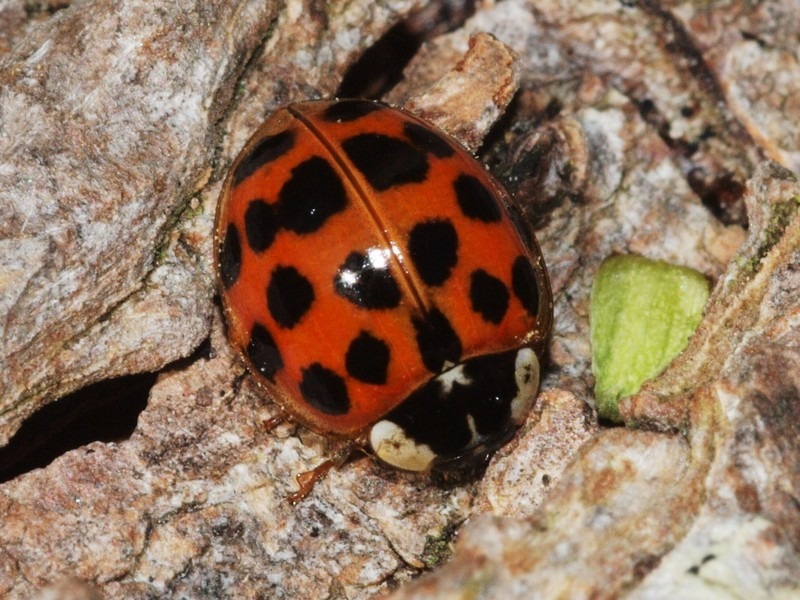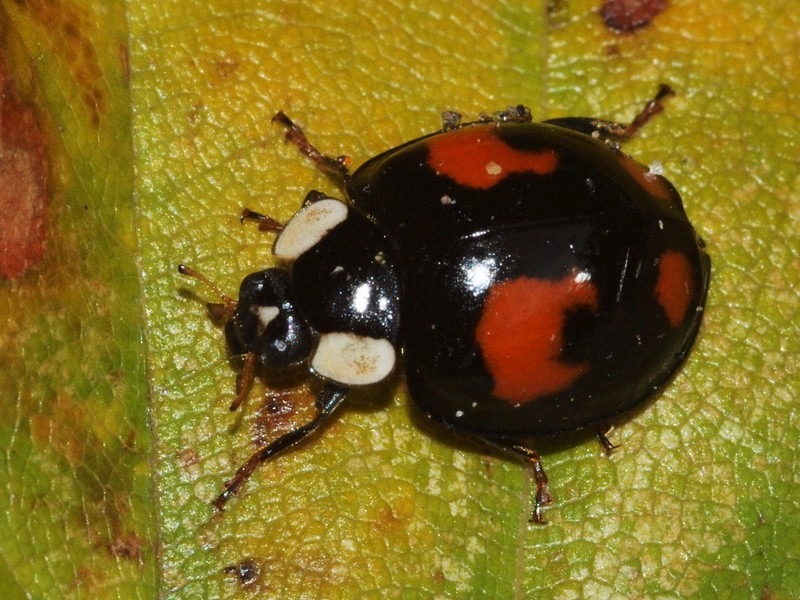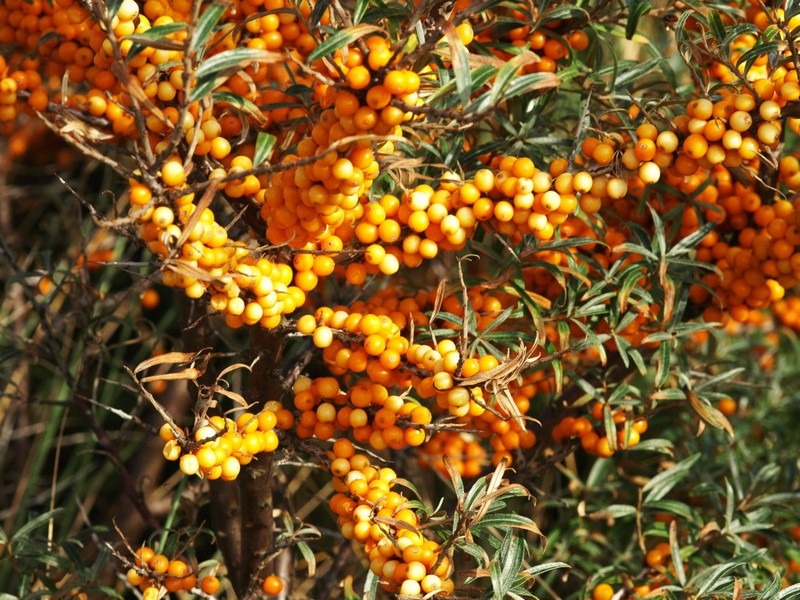Dr Phil Smith’s Wildlife Notes
October 2011
October is the month when lots of our plants and animals begin to shut down for the winter. Many of the dune flowers are now over, though a few Grass-of-Parnassus and Round-leaved Wintergreens can still be found in the slacks, while the dryer areas have a scattering of Evening-primroses and Common Ragwort. As well as being the food-plant of many specialised insects, the latter is an important nectar source but has a bad reputation with some people as it is said to poison livestock, especially horses. The British Wildlife magazine describes late summer as the “Silly Season for Ragwort”, pointing out that wildly exaggerated claims of how many horses are killed by Ragwort led to the Advertising Standards Authority acting to demand the withdrawal of misleading information on leaflets and websites. Even the government’s Biodiversity Minister is quoted as saying “I hate Ragwort….” Extraordinary!

As usual, large numbers of Red Admirals visited flowering Atlantic Ivy at Ravenmeols during the month. My highest count was 28 on 3rd but as many as 13 were still present on 26th. These patches of Ivy were also humming with wasps, Honeybees and hoverflies, especially the Drone Fly (Eristalis tenax), which is an excellent Honeybee mimic. I also photographed my first ever Harlequin Ladybird there. This Asian beetle arrived in southeast England as recently as 2004 and has spread rapidly through the country. We are near to its present northwest limit and there is a website on which to record sightings so that its further expansion can be monitored (www.harlequin-survey.org).

A Hummingbird Hawkmoth in Rachael Park’s Formby garden on 15th was a reflection of unseasonably warm weather, while on the same day I recorded two Common Darters at Sands Lake, my last dragonfly sightings of the year?
Strolling though the Ravenmeols woods on 26th, I was delighted to flush a Woodcock, this being a typical date for migrants to arrive from continental Europe. There were mixed flocks of tits (especially Long-tailed) with Goldcrests and I watched a colourful Great-spotted Woodpecker bashing away at a dead tree. Nearby, a Tree Creeper was exploring the bark of a Black Poplar when a Red Squirrel suddenly appeared next to it. As has been widely reported, the Sefton squirrels have recovered from the outbreaks of parapox disease to perhaps 60% of their original numbers, though recent findings of a few diseased animals give no grounds for complacency.
Strong winds on the 18th drew me to Ainsdale beach for the afternoon tide. Patience was rewarded by two Leach’s Petrels struggling south though the surf, following by a late Common Tern and three Guillemots. A sequence of 10m-tides towards the end of the month produced a bird spectacular at Marshside/Crossens. Described appropriately as “bird-soup” by John Dempsey, tens of thousands of Wigeon darkened the tideline, while up to 2000 Pink-footed Geese grazed the saltings, accompanied by four Barnacle Geese. The flooded saltmarsh attracted as many as five Marsh Harriers, together with Common Buzzard, Merlin and Short-eared Owl, presumably on the lookout for prey displaced by the tide from their hiding places. Meanwhile, the Birkdale shore at Weld Road held a flock of 55 Twite returning for the winter.
Sefton Council has made good progress clearing dense Sea Buckthorn thickets from the Birkdale Sandhills Local Nature Reserve through its lottery-funded Landscape Partnership Project. However, botanically-rich slacks in the frontal dunes that were cleared of scrub in the 1990s are being re-invaded by young Buckthorn. Staff-cuts make it difficult for the rangers to deal with this problem, so Patricia Lockwood and I spent several afternoons pulling and cutting this thorny shrub in the area west of Sands Lake. Some of it will grow back but we aim to buy time until resources can be found for a more permanent solution. At least, the orchids, Grass-of-Parnassus and many other notable plants should survive for the next few years.

